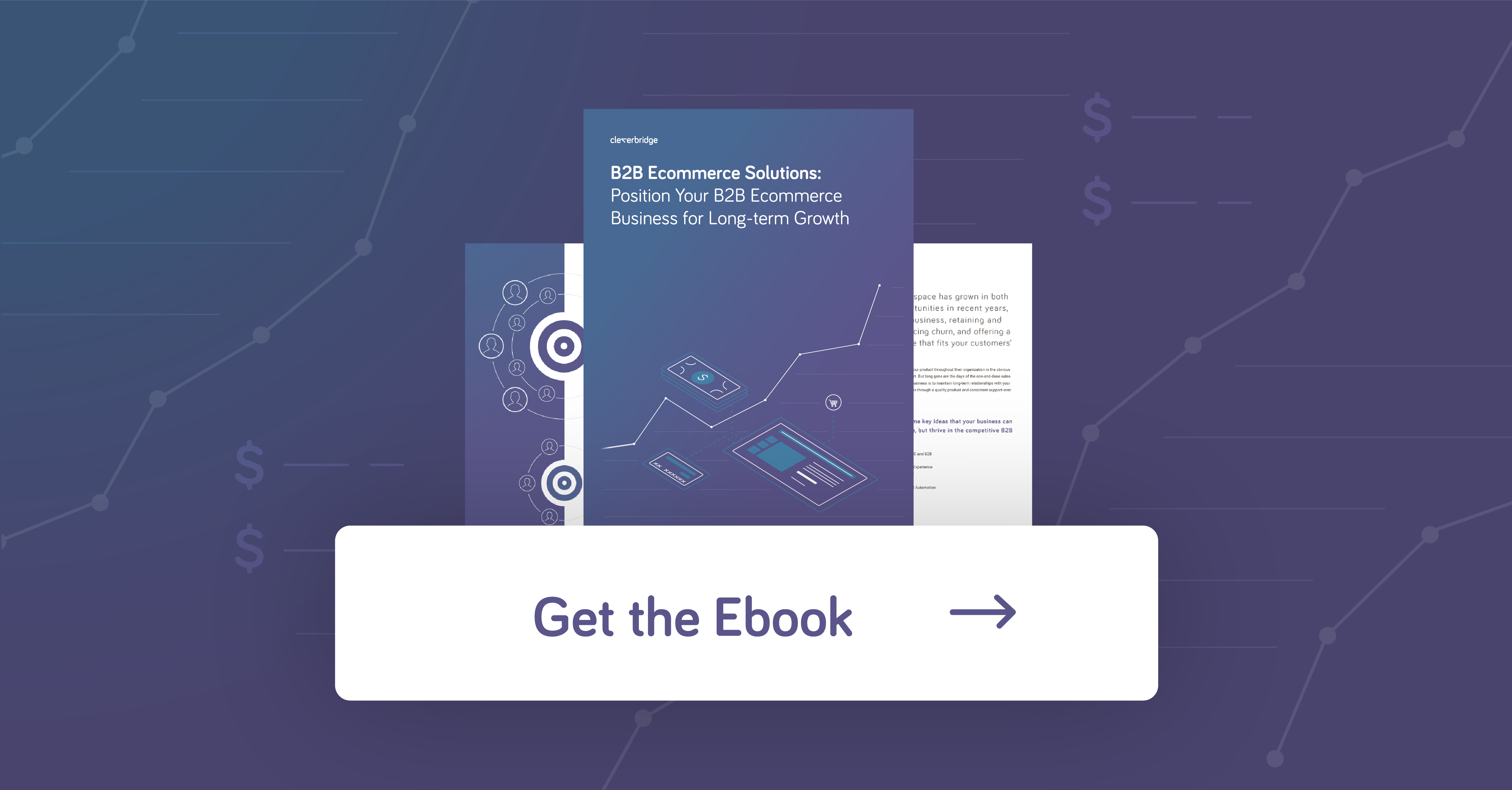“Businesses that win the hearts, minds, and wallets of their customers all have one thing in common: They allow their customers to operate in their preferred channel, seamlessly migrate between channels, and realize a consistently great experience regardless of channel,” according to a Forrester report.
The truth is, with 68 percent of B2B buyers preferring self-directed research versus interaction with a sales rep, offering an omnichannel approach to marketing, promoting and demonstrating your product is vital to nurturing your prospects in a way that meets their preferences, regardless of their place in the sales funnel.
Whether your prospect is simply gathering information or has amassed enough intel to make a purchase decision – or anywhere in between – your ecommerce business should provide a complete omnichannel experience to deliver what your audience wants, and when they want it. According to Forrester, here are seven steps to implement omnichannel B2B ecommerce, according to use cases from successful ecommerce brands.
1. Venture Beyond the Web Storefront
“We nailed the vision for our ecommerce platform. It goes beyond powering the website to powering the entire customer experience,” says Mike Wodtke, VP of Ecommerce at furniture design company Blu Dot. When selling in both digital and physical channels, for Blue Dot the omnichannel experience includes B2B, B2B2C and D2C. They do this by maintaining fewer partnerships with manufacturers, which enables more control over the customer experience, and a deeper and more strategic approach for each one.
2. Include Sales/Customer Service in the Process
According to Justin Racine, ecommerce lead at Geriatric Medical, B2B ecommerce sites are more “apps than sites,” and buyers – especially those that are higher value – require assistance, even for self-service. Make sure to keep your sales and customer service teams at hand, as they are well positioned to satisfy that need for self-service customers.
3. Think About the Entire Buyers Journey
We so often think about the awareness and purchase phase, but within the omnichannel ecommerce world, prospects are likely to bounce around the funnel (in a non-linear way) before making that decision. Make sure your sales/marketing/customer success teams have touchpoints along the entire journey, and have a plan in place post-purchase to continue nurturing customers over the long-haul.
4. Capabilities Should Span Internal Teams as Well as Customers
Much has been said about consumerizing (or B2C-ifying) the B2B experience, removing as much friction and simplifying the process for the buyer as possible. For the true omnichannel experience, according to TOMS Shoes, “requirements gathering must span the full spectrum of users touching the system.” The company enabled its sales and marking teams to “elevate the brand and buying experiences using brand-centric, digitally merchandized layouts to facilitate buyer-seller interactions.”
5. Sales Incentives Should Still Reign
The terms “automation” and “customer self-service” often make sales teams cringe, feeling as if they’ll no longer be needed. But according to experts, there will always be a place for your sales reps, especially for high-value clients brining in a large volume of revenue. Your ecommerce leaders should make sure there is a fair compensation structure for digital orders of all sizes, in order to maintain a healthy relationship with your sales team. “There’s no faster way to kill your eCommerce investments than to take money away from the sales teams,” notes Marta Dalton, director of ecommerce at Coca-Cola. “Sellers can either sabotage or ensure your success, so make sure you have their full buy-in.”
6. Think in Terms of Continuous, Long-term Improvement
Pivoting your business into pure omnichannel ecommerce is a huge undertaking, and righting the ship takes time, resources and a complete new approach. Taking a “phased approach without a definitive endpoint,” according to Forrester, allows you to apply omnichannel to a smaller portion of your business – a specific geo or business line – and measure its success. From there, you can see what works and put in place a strategy that makes sense for your business overall.
7. Focus on Rep Enablement
When implementing a mass change to your business, you need to have internal buy-in and preparation. Forrester suggests a “commitment to enablement that starts from the inside and moves out to the customer,” such as webinars that provide ongoing training to your sales and service teams. Having confidence in your internal teams will translate into confidence from your customers.
The full report, Make Omnichannel Real In B2B Ecommerce, is available at https://go.forrester.com/.
Want more B2B content from cleverbridge? Visit our full B2B Ecommerce round-up here, or download our new ebook below.
Ready to connect? Our bolt-on subscription billing, commerce and payments platform lets you automate long-tail orders, reduce churn, and get paid faster. Contact our sales team.
Kyle Shamorian is the content marketer for cleverbridge. Connect with him on LinkedIn.
